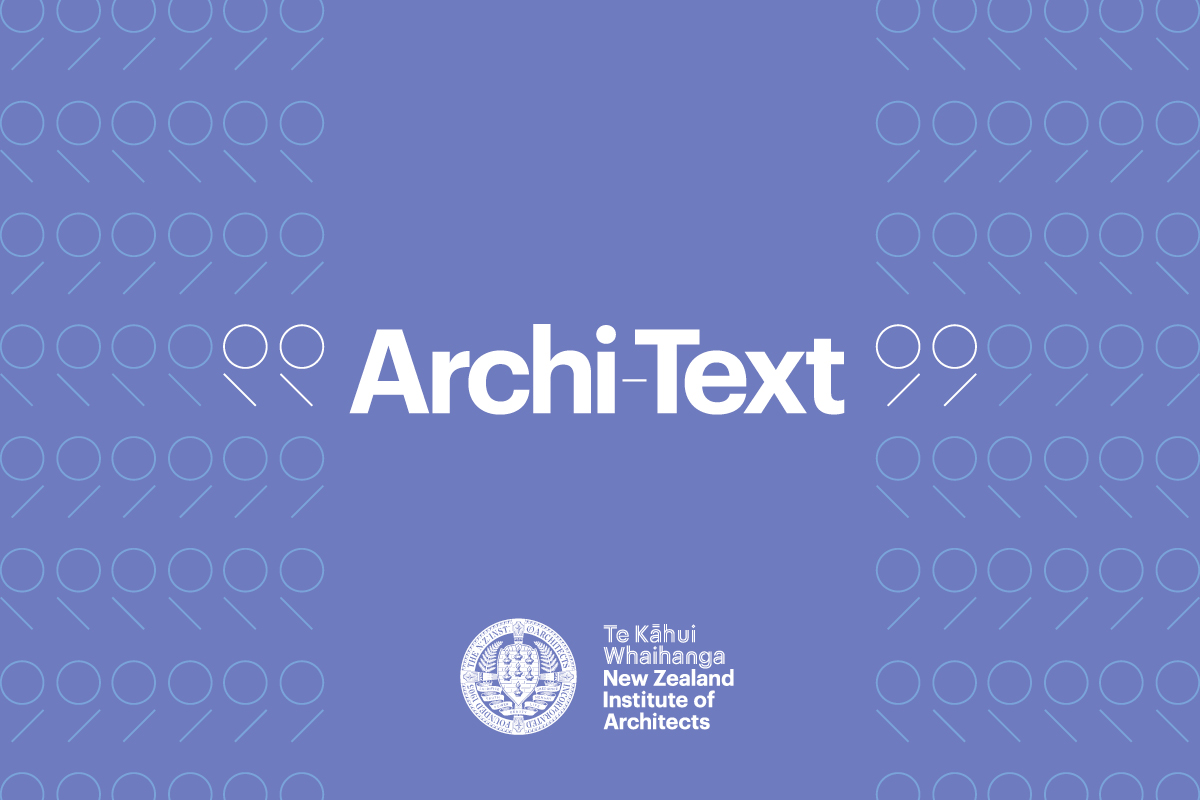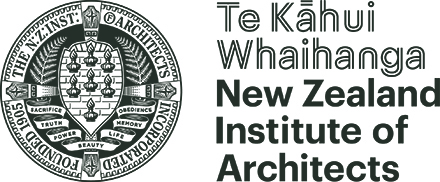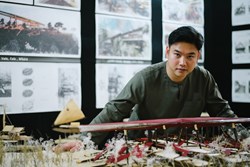Adapting with nature – Northcote
Helen Kerr, principal landscape architect and urban designer at Isthmus, presented a lecture at the 2024 World Green Infrastructure Congress about helping communities grow, change and adapt.
In the first of a three-part series, she explores how the community of Northcote in Tāmaki Makaurau Auckland is adapting to a changing landscape through smart regeneration planning.
Through our work across Aotearoa we are noticing that there are common factors driving change—how we live with water, inhabit places, and use our town centres. With changing retail and lifestyle trends, town centres are evolving into social spaces. Some need to adapt more quickly than others with increased occurrence of flooding, and the demand for housing.
Working in diverse communities, it’s easy to overlook nuanced local needs. Although change is often urgent, it’s important to first take the time to find common ground, which is only possible at a slower pace—spending time in a place to learn its language and start a conversation that is both positive and familiar. Slowing down can genuinely make a huge difference to how well a vision can be collectively shaped and realised over time.
Northcote is a town centre within the city of Auckland. Regeneration planning started nine years ago led by Eke Panuku (Auckland Council’s development agency), and Kāinga Ora—a Crown-owned entity for complex housing development. This was the first location that modelled how tripling the density of Crown land in an existing neighbourhood could produce affordable, market and social housing.
From the first discussions, it became clear this was not going to be a case of incremental change adding new housing densities in small parcels at a time, but rather a step change in density and scale to meet housing demand. This shift came with more opportunity for affordable and healthy homes, but also with more risk.
So, how to break this news to the community? A two-way dialogue started in 2017, with the birth of a magazine publication featuring local people and local stories called ‘Everyday Northcote’ celebrated the small but meaningful interactions of daily life in an already vibrant community, with deprivation, but high hopes for the future.
The landscape provided clues for a familiar and equitable way to engage community in the development process. Northcote sits within a volcanic landscape, perched on the edge of two tuff craters. A stream once flowed from a spring to an estuary in Shoal Bay providing rich soils for growing and gardening. When car-oriented development covered the land in the 1960s the stream disappeared underground.
But not all was lost. The memory of the stream had been carried through the generations, and was brought to life again with the help of Northcote youth and mana whenua who championed the Awataha stream. Green infrastructure was proposed to connect existing green pockets and streets, and become a shared backyard for the community.
Although gaining social license for growth was a major factor, the opportunity was really to create an anchor in a sea of change. Schools became the heart, with the wellbeing of children at the centre, and youth opened up a gateway for the whole community to participate in a backyard project that would have shared outcomes. Local schools and youth groups became involved in a hands-on design-lab spanning two years that helped them to imagine, create and refine ideas. They interviewed adults and presented outcomes to the community stakeholder group and local board.
What emerged was an outdoor classroom, a playful pathway and a daylighted stream. Te Ara Awataha started coming to life, and the mana whenua kaitiaki group developed a mauri outcomes framework to guide the design process and the care and ownership of Awataha into the future.
With increasing housing density, green infrastructure was put to the test. Healthy Waters, a CCO of Council, and the Kaipatiki Trust entered the multi-agency partnership with the community. All the while, the voice of Awataha started to bubble to the surface. The sportsfields were lowered for stormwater detention, and remnant bush pockets cared for. When the 2023 Auckland floods arrived, the voice of Te Awataha stream was amplified. Te mahi tahi me te taiao—working with nature. When stream levels returned to normal the community were amazed. Whether a throttled trickle or a raging torrent, they had experienced an urban environment designed to make room for nature and people.
Northcote shows that adapting with nature is hugely dependent on the pace and scale of change, the impact on the community, and their capacity to take action. Change could be fast or slow, big or small. The degree of certainty about the change occurring also contributes to the level of fear or confidence—and the ability to look far enough ahead to avoid maladaptation. To deal with the complexities, we need scalable strategies and flexible tactics to grow, evolve and adapt. If they are not grounded in place—they will not resonate with communities, now or in the future.
Read Part 2 in our series examining how one town in Te Waipounamu is facing down environmental challenges to become more resilient.
Helen Kerr is a principal landscape architect and urban designer at Isthmus.
Photo: Isthmus.




